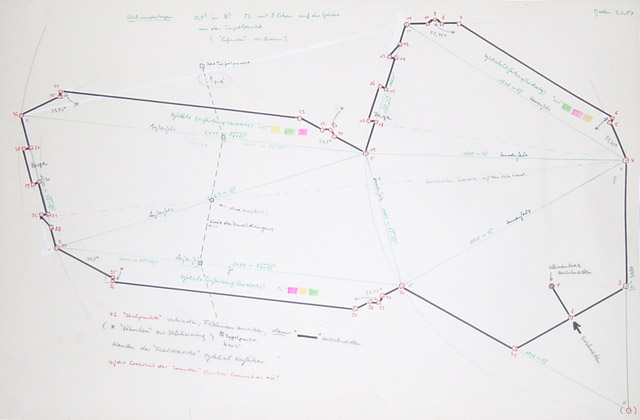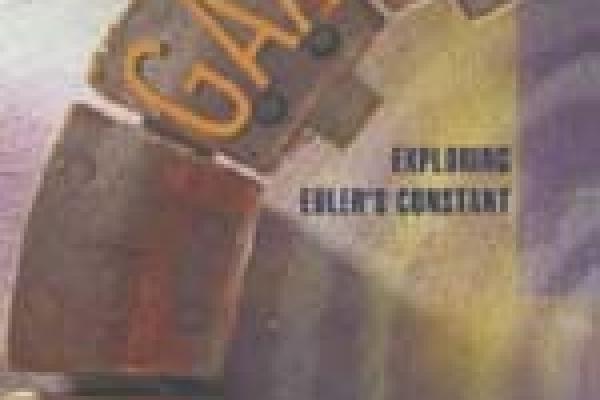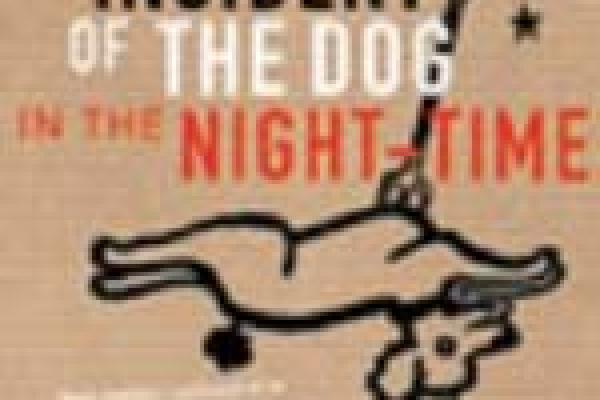Basic page
Plus Magazine
November 2003
Calculus is a collection of tools, such as differentiation and integration, for solving problems in mathematics which involve "rates of change" and "areas".
Tags
Taxonomy upgrade extras





